Sarajevo is a centuries-old crossroads of East and West. Many cultures have interwoven in it, and each one has left its mark on its own time. Habits and tastes have changed and adapted over the centuries. Sarajevo cuisine had to be affected by these changes. Don't be surprised if we find: Austrian, Hungarian, Turkish, Italian or other influences in that kitchen. For centuries, Sarajevo has built and developed its own specific taste in culinary, which can be found in few places. Recipes were passed down from generation to generation, mostly orally. Many have been forgotten. The food industry did not spare this corner of the country either. Nevertheless, good home cooking has remained in most Sarajevo homes to this day. In Sarajevo, there are some dishes, both salty and sweet, characteristic of this area.
So you can eat in aščinica: pače, bey's soup, sogan-dolma, sarma; in kebab shops: kebabs, burgers, sujuk; in buregdzinica, various types of pies: burek, cheese cake, zeljanica; in pastry shops: baklava, ružice, kadaif, tufahije... These are all dishes for which Sarajevo is widely known and for which tourists return with pleasure.
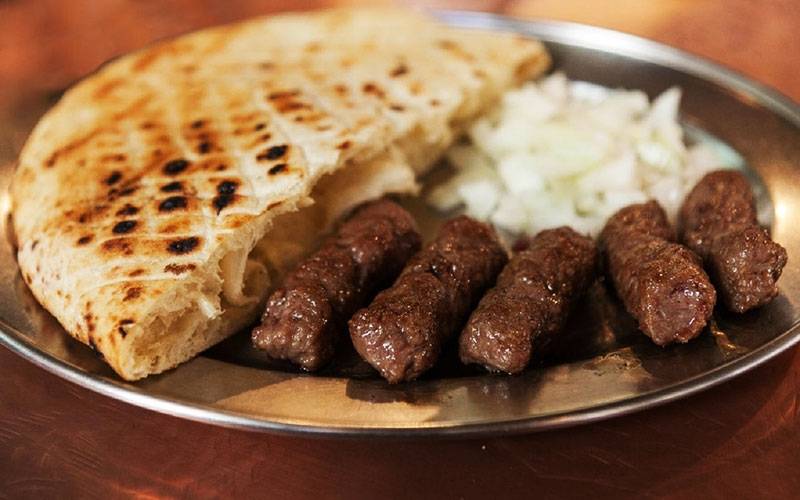
Ćevapi ili ćevapčići su bosanski nacionalni specijalitet sa roštilja i najpoznatiji bosanski brand u inostranstvu. Riječ je o malim valjušcima od mljevenog mesa, mahom teletine, sa dodatkom bijelog i crvenog luka, te različitih začina.
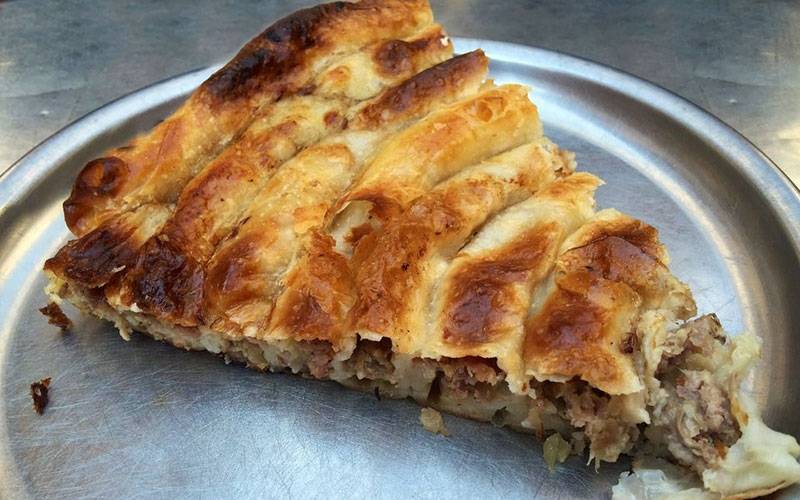

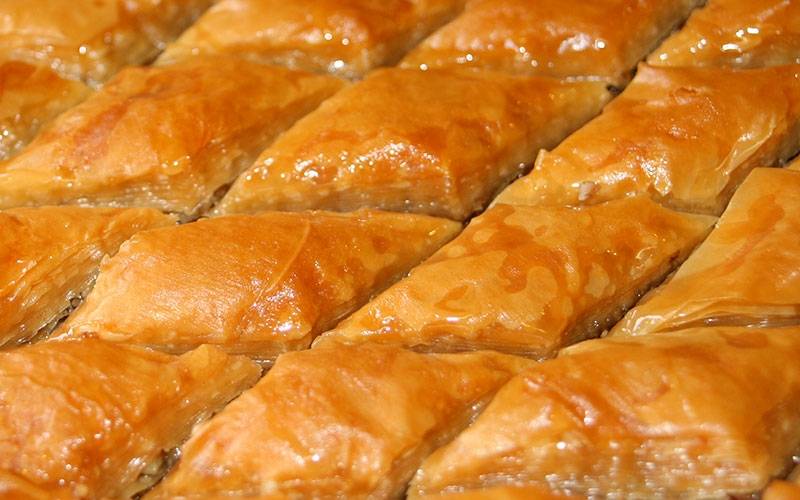
Baklava je kolač orijentalnog porijekla koji se pravi slaganjem jufke tanko razvijenog tijesta, u nekoliko, obično desetak i više slojeva između kojih se dodaje smjesa mljevenih oraha i naizmjenično sitno ribanog tijesta tirita.


Tufahija, (na arapskom jabuka) bosanska nacionalna poslastica porijeklom iz Perzije.
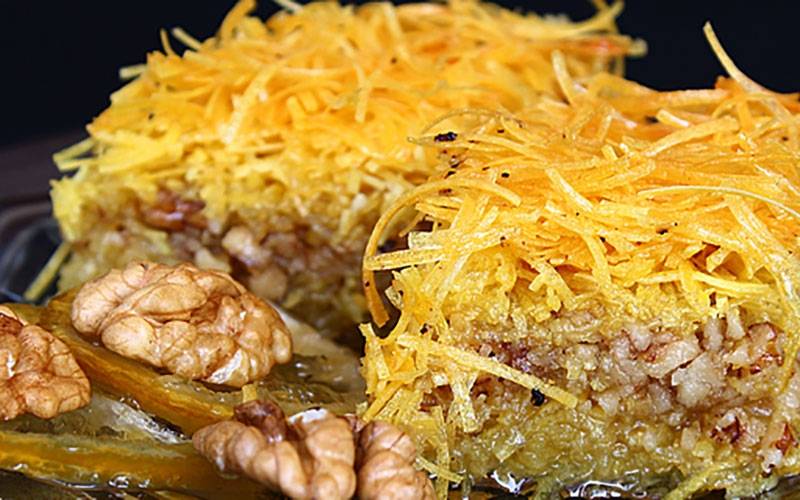

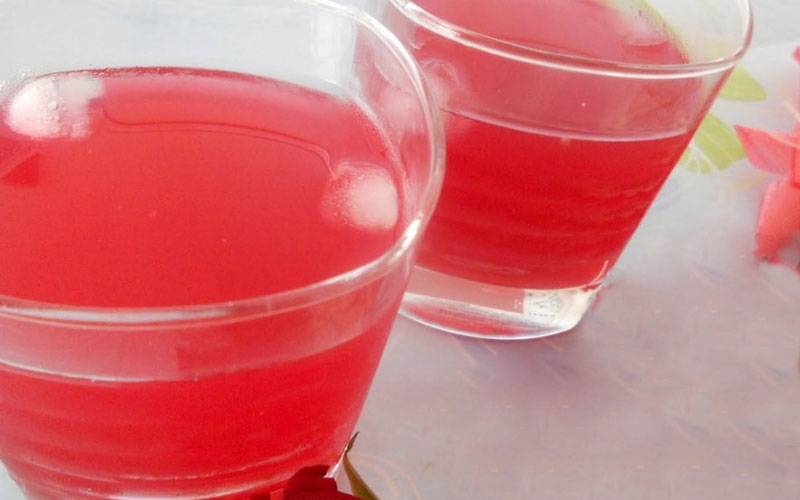
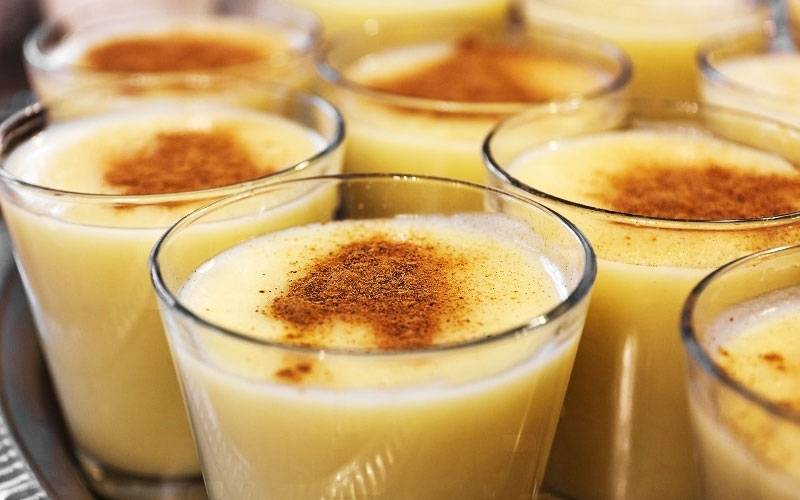
Boza je bezalkoholno i osvježavajuće piće koje se pravi od kukuruza (kukuruznog brašna), kvasca, šećera i vode.

Kljukuša je tradicionalno bosansko jelo sa krompirom i jedno od najpoznatijih jela u Bosanskoj krajini.
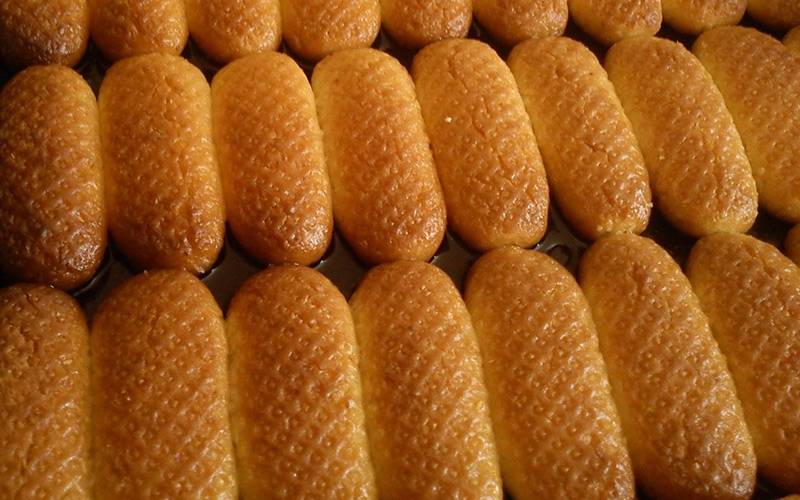
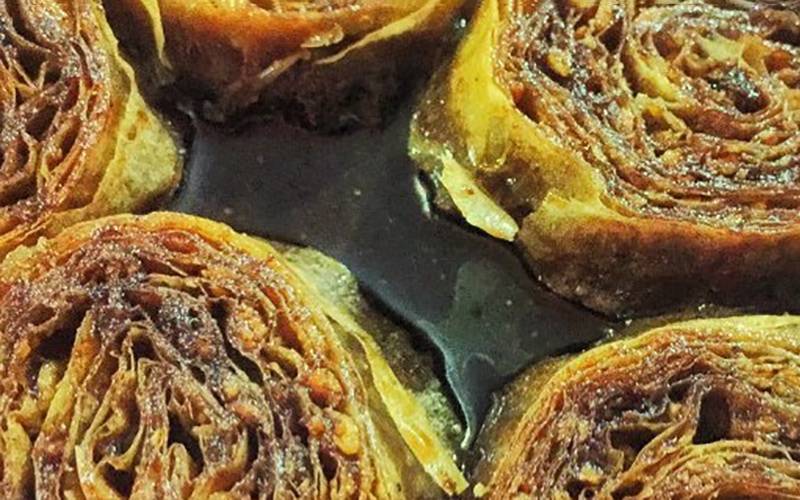
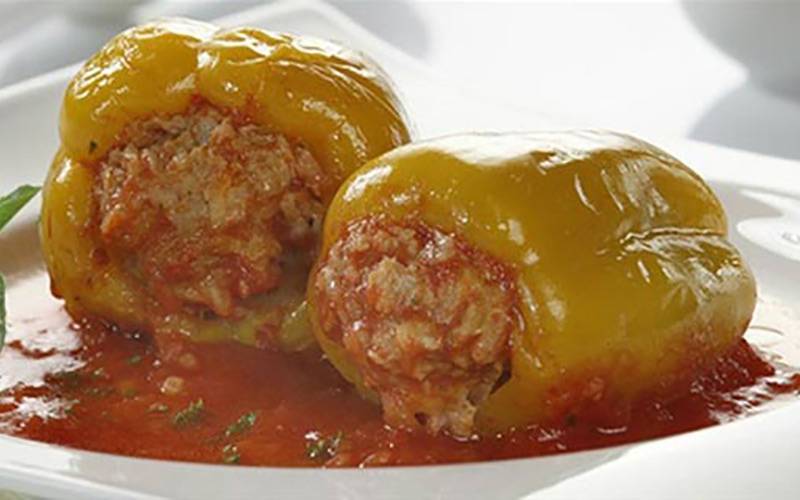

Pod nazivom sarma krije se jelo od mesa sa lukom i rižom, umotanog u različite listove .